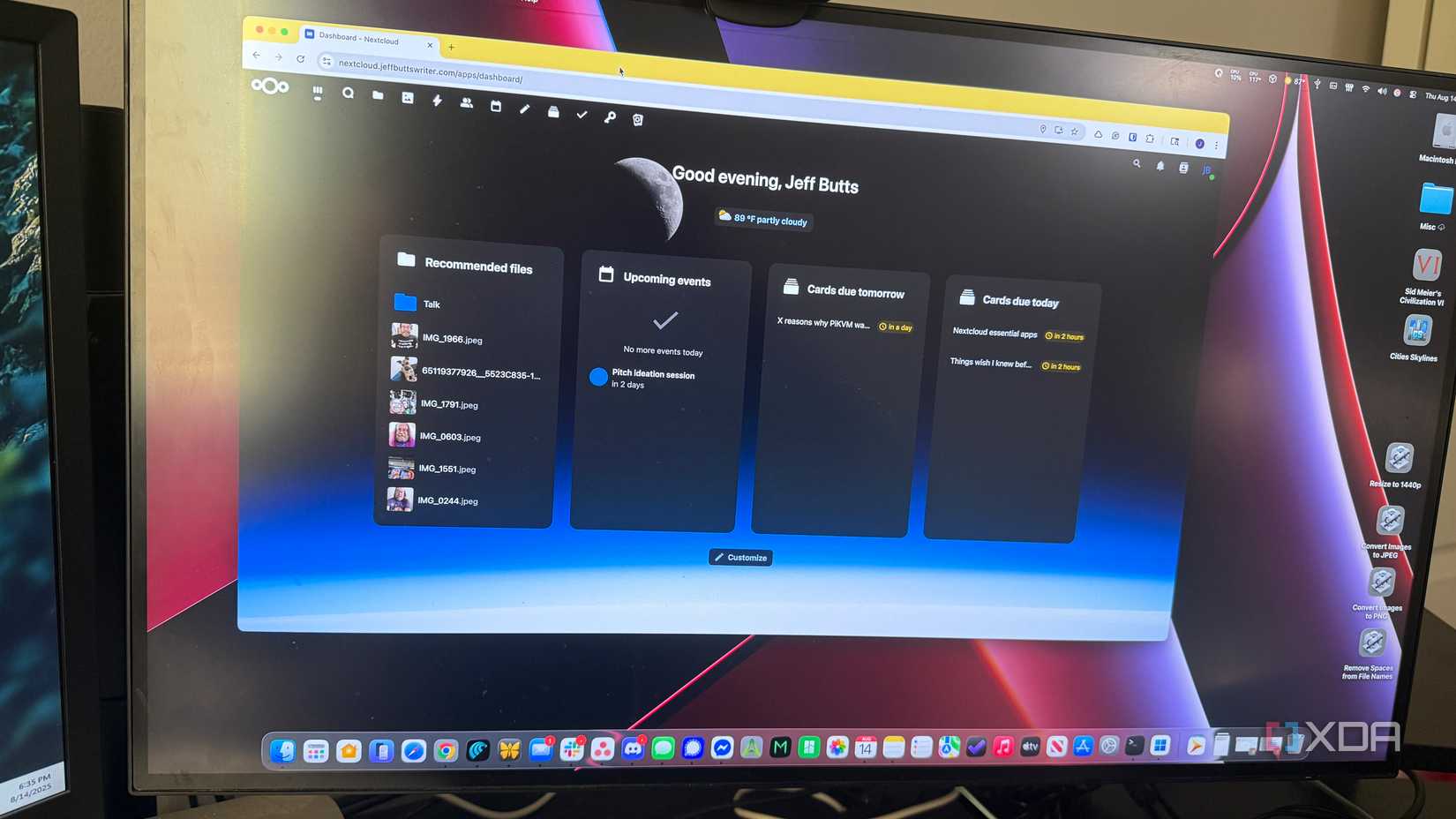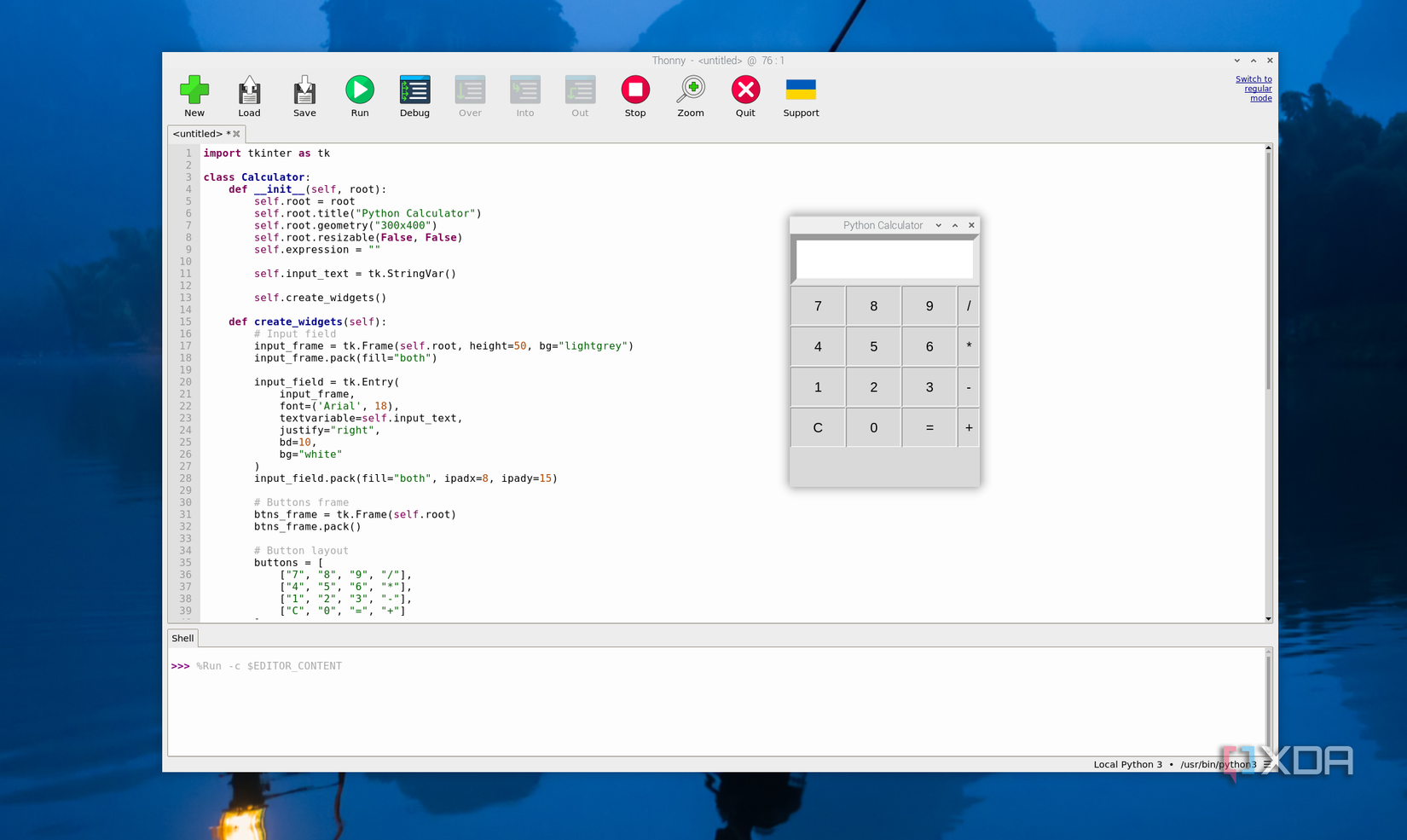Mini PCs are great, but for many popular home lab and hobby projects, a Raspberry Pi gets you the same results for far less money. With its low power draw, tiny footprint, and capable hardware in the Pi 4 and Pi 5, it can handle everyday tasks, from streaming to automation, without overspending. The open ecosystem surrounding Raspberry Pi offers mature software, active guides, and affordable accessories that help you build quickly and troubleshoot easily. Below are just a few projects where the Pi shines by delivering real savings without sacrificing the experience.
With a Pi, you gain an environment designed for exploration and learning while keeping expenses firmly under control.
Stream movies and shows without spending big
A Raspberry Pi makes an excellent foundation for a media center without the expense of a mini PC. Software like Jellyfin or Kodi runs smoothly on a Pi, especially if you’re using newer models with more RAM and faster processors. You can connect it to your TV with HDMI, plug in external storage, and enjoy a wide range of media without needing to buy specialized streaming devices. This flexibility gives you control over how your library is organized and presented.
Depending on your own personal preferences, this is an instance where the Raspberry Pi 4B might be a better option than the Pi 5. Jellyfin and other similar media center software benefit significantly from H.264 hardware transcoding, which the Pi 5 lacks.
The low power consumption of the Pi means you can leave it running in the background without worrying about your electricity bill. It can handle video playback up to 4K on the Pi 4 or Pi 5, which is more than enough for most home setups. When paired with a network share, your Pi can serve as a centralized hub, keeping all your media available to every device in your household. The experience is smooth, and the cost savings compared to a mini PC are significant.
You also have the option to enhance your setup with plugins and integrations. Services like Jellyfin, Emby, or Plex can stream content across your network, while Kodi offers customizable skins and add-ons. You don’t need the horsepower of a mini PC to get all these features working reliably. For most people, a Raspberry Pi delivers everything they need for a rich media center experience without breaking the budget.
4 Running a lightweight home server
Host your own cloud or password vault securely

Many people think they need a mini PC to run a home server, but the Raspberry Pi is more than capable. With software like Nextcloud, you can create your own personal cloud service to store files, sync calendars, and manage contacts. It’s an inexpensive way to avoid paying monthly fees to big tech companies while keeping control of your own data. The Pi’s small footprint also makes it easy to tuck away out of sight.
Beyond file storage, the Pi can handle a variety of lightweight services. Hosting a password manager, such as Vaultwarden, provides a secure alternative to paid platforms. You can also set up Pi-hole to block ads and trackers across your entire network, improving both privacy and browsing speed. These services don’t demand much computing power, making the Raspberry Pi an ideal device for the task.
The beauty of using a Pi for a home server is its flexibility and cost efficiency. You can run multiple services using Docker or Portainer, and expand as your needs grow. Even if you eventually outgrow its limits, the Pi is so affordable that you can repurpose it for another project without feeling you’ve wasted money. Compared to buying a mini PC, the Pi keeps your upfront investment low while offering a surprising range of server functions.
3 Retro gaming made accessible
Emulate classic consoles with minimal hardware costs
The Raspberry Pi has become a favorite among retro gaming fans, and for good reason. Software distributions like RetroPie or Batocera turn a Pi into a full-featured emulation console. You can relive classic systems like the NES, SNES, Sega Genesis, and even PlayStation without needing original hardware. For many users, it’s a nostalgic trip at a fraction of the cost of collecting old consoles.
Setting up retro gaming on a Pi is straightforward, thanks to prebuilt images and a broad community support. You can connect USB controllers or even use wireless gamepads for a more authentic feel. Games run smoothly on most Pi models, and the Pi 4 or Pi 5 can even handle more demanding titles from the PlayStation Portable or Dreamcast era. A mini PC could do this too, but at a much higher cost than the Pi.
A Raspberry Pi also offers the flexibility to build themed arcade cabinets or handheld emulation systems. With 3D printed cases or inexpensive kits, you can create custom builds that add to the fun. This versatility makes the Pi not only a cheaper option but also a more customizable one. For retro gaming enthusiasts, the Pi strikes the perfect balance between performance, affordability, and creativity.
2 Smart home automation on a budget
Control devices and sensors without expensive hubs

Smart home setups can become pricey when relying on commercial hubs or controllers, but a Raspberry Pi can significantly reduce those costs. With software like Home Assistant or OpenHAB, you can connect and control lights, thermostats, sensors, and smart plugs from a single interface. Instead of buying a mini PC to run your automation, a Pi can handle the job without difficulty. It keeps things both simple and affordable.
The Pi’s GPIO pins add another layer of functionality. You can connect sensors directly to the board to monitor things like temperature, humidity, or motion. This opens the door to creating custom automations that fit your exact needs. A Pi-based smart home controller can easily rival or even surpass commercial hubs, thanks to its adaptability and wide integration support.
Because the software is open source, you’re never locked into one vendor’s ecosystem. You can mix and match devices from different manufacturers, creating a system that works the way you want. A Pi running Home Assistant can also integrate with voice assistants or dashboards, making it feel polished while staying budget-friendly. For anyone building a smart home on limited funds, a Raspberry Pi is a compelling alternative to a mini PC.
1 Learning programming and Linux skills
Experiment with code and servers at low risk

The Raspberry Pi is a fantastic learning tool for programming and Linux. Its low cost makes it approachable, so you don’t risk much if you make mistakes along the way. Beginners can dive into Python, C, or JavaScript, experimenting with projects ranging from simple scripts to web apps. With its Debian-based Raspberry Pi OS, it also introduces users to the fundamentals of Linux in a hands-on way.
Many tutorials and resources are written specifically with the Pi in mind, which makes learning even easier. You can practice running web servers, databases, or containerized applications without worrying about breaking your main computer. This freedom to experiment encourages curiosity and builds confidence. Over time, you can transition those skills to bigger projects or more powerful machines.
For educators and hobbyists alike, the Raspberry Pi provides unmatched value as a teaching platform. It’s powerful enough to demonstrate real-world concepts, yet cheap enough to use in classrooms or workshops. A mini PC would work for the same purposes, but the extra cost isn’t necessary. With a Pi, you gain an environment designed for exploration and learning while keeping expenses firmly under control.
Raspberry Pi projects save money and spark creativity
The Raspberry Pi proves itself to be a cost-effective alternative to mini PCs in many popular projects. Whether you’re streaming movies, hosting your own services, revisiting classic games, or automating your home, the Pi delivers solid performance without the financial burden. It also provides a safe playground for learning and experimenting with programming and Linux. Choosing a Raspberry Pi over a mini PC means keeping costs down while still gaining a powerful tool for creativity and exploration.

Storage MicroSD card slot
CPU Arm Cortex-a72 (quad-core, 1.8GHz)
Memory 1GB, 2GB, 4GB, or 8GB of LPDDR4
Operating System Raspberry Pi (Official)
The Raspberry Pi 4 is ideally suited for a wide variety of self-hostng projects and is more economical than a nini PC.
.png)











 English (US) ·
English (US) ·